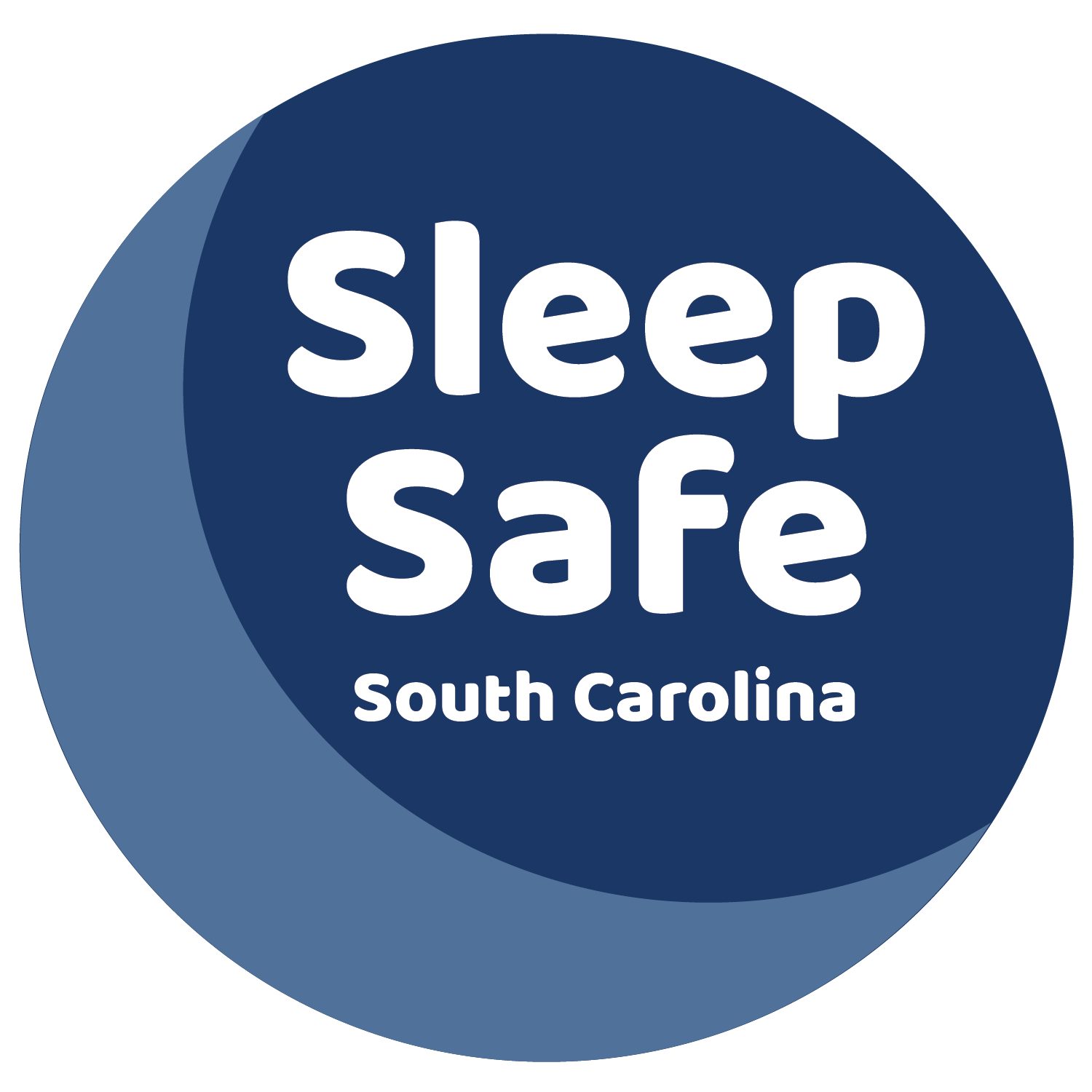Infants in child care may only be placed to sleep on their back in a CPSC-certified crib. Sleeping in a piece of equipment like a swing, bouncy seat, or other item that raises the baby’s head above his/her feet increases the risk of positional asphyxiation. Positioners and wedges are not allowed in child care. If your child requires a prescribed medical device while sleeping, contact:
Child Care Ready for All (CRAwl)
 Download a printable "Sleep Safe Environments" handout here.
Download a printable "Sleep Safe Environments" handout here.
